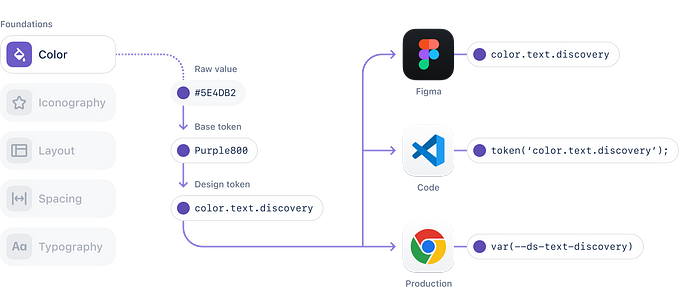Member-only story
Mastering Heuristic Evaluation for Better UX
Heuristic evaluation is a powerful tool in UX design, offering a structured way to identify and address usability issues in interfaces. But what exactly does it entail, and how can designers use it to improve user experiences?

What is Heuristic Evaluation?
At its core, heuristic evaluation involves using established principles to systematically review an interface, pinpointing elements that might confuse or frustrate users. It’s widely used in design, both for quick reviews and as part of formal usability assessments.
Exploring Usability Heuristics Frameworks
Everyone in UX is familiar with Jakob Nielsen’s 10 Usability Heuristics. These principles — spanning consistency, error prevention, and user control — are incredibly influential and provide a starting point for many designers. But it’s worth noting that Nielsen’s heuristics are only one piece of a much larger toolkit. There are over 90 individual principles available across multiple frameworks, each with unique lenses to evaluate usability.
- Amélie Boucher’s Ergonomic Criteria — Focuses on interface efficiency.
- Arhippainen’s Ten User Experience Heuristics — Looks at emotional and experiential aspects.
- Bastien and Scapin’s Ergonomic Criteria for HCI Evaluation — Covers ergonomic aspects for interface usability.
- Colombo and Pasch’s Ten Heuristics for Optimal UX — Aims at creating a seamless user experience.
- Dieter Rams’ Ten Principles for Good Design — Though initially for physical products, these principles are now commonly applied to digital design.
- ISO 9241–110 Ergonomics of Human-System Interaction — Provides guidelines for ergonomic design.
- Kaniasty’s CARMEL Guidelines — A framework focused on design simplicity and ease of use.
- Jakob Nielsen’s 10 Usability Heuristics — Widely used for evaluating UI design.
- Shneiderman’s Eight Golden Rules of Interface Design — Sets standards for responsive and user-focused design.
- System Usability Scale (SUS) — A quick and effective questionnaire for usability testing.









